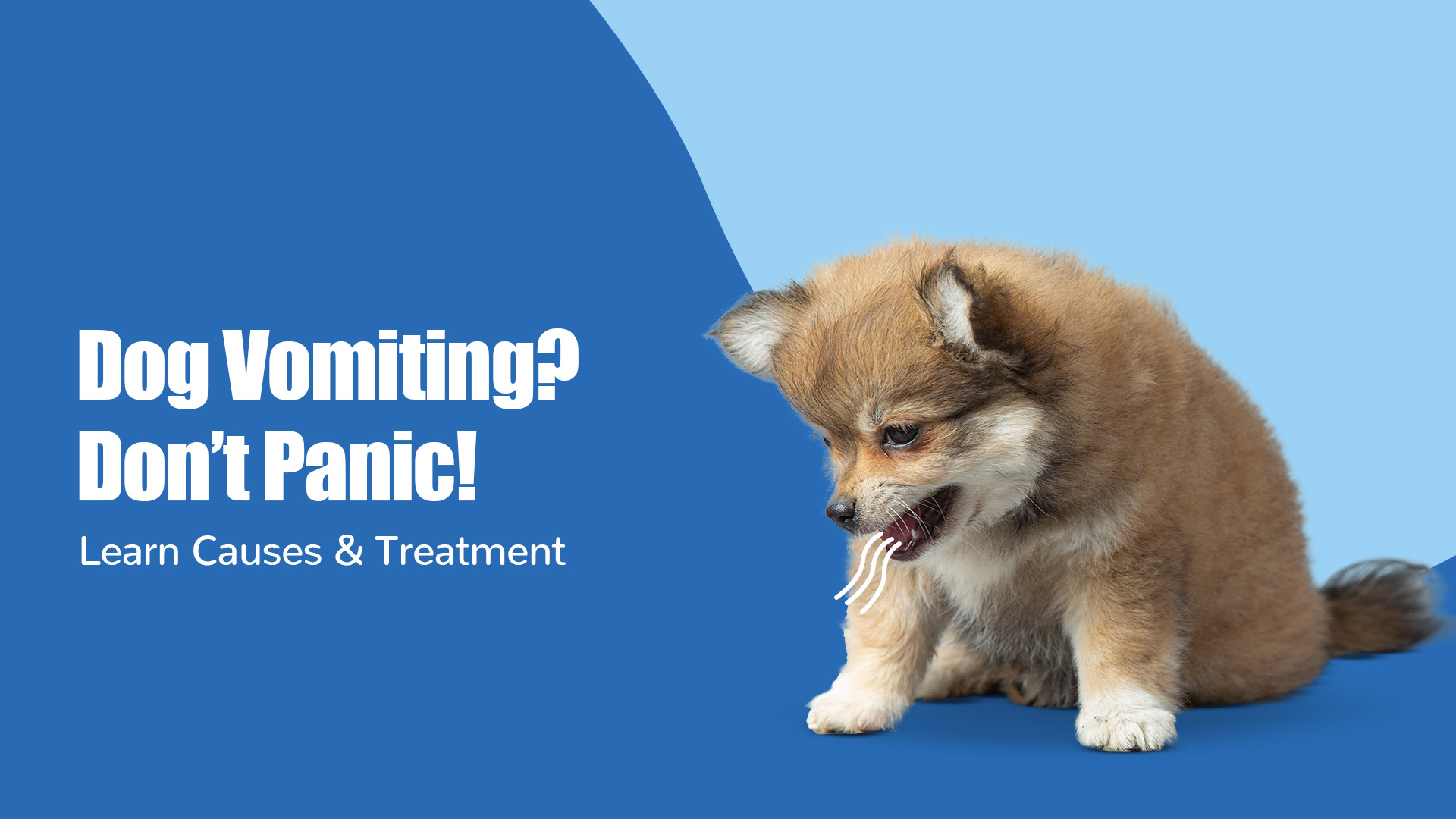
 INRhttps://stores.zigly.com/zigly/pet-shop-in-ahmedabad/pet-shop-in-sindhu-bhavan-road/zigly-vet-clinic-pet-grooming-pet-products-in-sindhu-bhavan-road-ahmedabad--6sm2Hu/articles/most-common-poisonous-plants-for-dogs-zigly-pet-shop-in-sindhu-bhavan-road-ahmedabad--4afc1de8-3861-4340-88e9-25ce78bc62ef
INRhttps://stores.zigly.com/zigly/pet-shop-in-ahmedabad/pet-shop-in-sindhu-bhavan-road/zigly-vet-clinic-pet-grooming-pet-products-in-sindhu-bhavan-road-ahmedabad--6sm2Hu/articles/most-common-poisonous-plants-for-dogs-zigly-pet-shop-in-sindhu-bhavan-road-ahmedabad--4afc1de8-3861-4340-88e9-25ce78bc62efZigly - Vet Clinic, Pet Grooming & Pet Products, Sindhu Bhavan Road, ahmedabad
Pet Shop in Sindhu Bhavan Road, ahmedabad, gujarat
Shop No 05, Ground Floor, Shilp Epitome Rajpath Rangoli Road, Sindhu Bhavan Road, ahmedabad, gujarat - 380054
Book an Appointment
Accept terms & conditions, receive calls, notifications on WhatsApp
I hereby accept to send me newsletters for marketing and promotional content
Zigly - Vet Clinic, Pet Grooming & Pet Products Social Feeds in Sindhu Bhavan Road, ahmedabad

Most Common Poisonous Plants for Dogs | Zigly Pet Shop in Sindhu Bhavan Road, Ahmedabad
Most Common Poisonous Plants for Dogs
Bringing a bit of greenery into your home or garden can brighten your space—but for dog owners, it’s crucial to know that not all plants are safe for pets. In fact, several common plants can be toxic and even fatal to dogs if ingested. Whether you're an avid gardener or just love houseplants, being informed about poisonous plants for dogs is key to keeping your furry friend safe.
In this blog, we’ll explore how certain plants can harm dogs, the signs of poisoning, and a list of common plants poisonous to dogs you should avoid.
Understanding Plant Toxicity in Dogs
Why Are Some Plants Poisonous to Dogs?
Many toxic plants for dogs contain naturally occurring chemicals that act as a defense mechanism against insects and herbivores. These compounds—like alkaloids, glycosides, and saponins—can have harmful effects when a dog chews or swallows the plant. Depending on the plant and amount consumed, the impact can range from mild irritation to severe organ damage.
Symptoms of Plant Poisoning in Dogs
Recognizing the signs of poisoning early can make a big difference in your dog’s recovery. Here are some common symptoms to watch for:
Digestive Issues
- Vomiting
- Diarrhea
- Excessive drooling
Neurological Signs
- Tremors or shaking
- Seizures
- Confusion or disorientation
Cardiovascular Issues
- Irregular heartbeat
- Weakness or collapse
Read More - Dog Vomiting CausesTreatment
Importance of Early Detection and Response
Early intervention is vital. The quicker you identify the problem and get help, the better the chances of a full recovery. Always treat plant poisoning as a medical emergency, especially if your dog is showing severe symptoms.
10 Most Common Poisonous Plants for Dogs
Here's a list of harmful plants to dogs that are commonly found in homes and gardens. Be sure to keep these away from your pup!
1. Sago Palm
Highly toxic—especially the seeds. Ingesting any part of this plant can lead to liver failure and death.
2. Oleander
All parts of the oleander plant are toxic and can affect the heart, causing irregular rhythms, vomiting, and even death.
3. Azaleas and Rhododendrons
Just a few leaves can cause oral irritation, vomiting, diarrhea, and a drop in blood pressure.
4.Autumn Crocus
This vibrant flower may look pretty, but it's highly toxic. It can cause severe vomiting, gastrointestinal bleeding, and liver or kidney damage.
5. Tulips and Daffodils
The bulbs are the most dangerous part. They can lead to intense stomach upset, convulsions, and heart issues.
6. Lily of the Valley
Contains cardiac glycosides that can disrupt heart function, leading to irregular heartbeat or cardiac arrest.
7. Aloe Vera
Though great for humans, Aloe is a toxic plant for dogs, causing vomiting, lethargy, and diarrhea.
8. Dieffenbachia (Dumb Cane)
Causes intense oral irritation, drooling, difficulty swallowing, and vomiting.
9. Ivy (English Ivy)
Can cause abdominal pain, vomiting, and diarrhea if ingested.
10. Marijuana (Cannabis)
Ingestion can lead to lethargy, incoordination, drooling, and, in severe cases, seizures or coma.
Read More - Know About Kennel Cough
What to Do If Your Dog Eats a Toxic Plant
Immediate Steps to Take
- Remove your dog from the area to prevent further exposure.
2.Check their mouth for any plant material and gently remove it.
3.Do not induce vomiting unless instructed by a vet.
4.Note the plant name and how much your dog may have eaten.
When to Call the Vet or Poison Helpline
Contact your vet immediately or call a pet poison helpline like the ASPCA Animal Poison Control Center at (888) 426-4435. Time is critical—don’t wait for symptoms to worsen.
Diagnosis and Treatment Options
Your vet may conduct blood tests, X-rays, or induce vomiting depending on the situation. Treatment might include:
- Activated charcoal to absorb toxins
- IV fluids to flush out the system
- Medications to control symptoms
- Hospitalization for close monitoring in severe cases
How to Prevent Plant Poisoning in Dogs
While knowing which plants are dangerous is essential, preventing exposure is the real game-changer. A proactive approach can ensure your dog enjoys a safe, green environment without the risk of poisoning. Here’s how you can keep your pup protected.
Dog-Proofing Your Garden and Home
Taking steps to secure your space can go a long way in preventing accidental ingestion of poisonous plants for dogs.
- Remove or fence off toxic plants: If possible, eliminate any common plants poisonous to dogs from your garden or keep them in fenced-off areas your dog can’t reach.
- Use safe mulch and soil additives: Avoid cocoa mulch, which is toxic to dogs. Opt for pet-safe alternatives and avoid chemical fertilizers or pesticides that may stick to plant leaves.
- Create a dog-safe outdoor space: Designate a specific play area with only non-toxic plants, safe toys, and soft grass. This not only gives your dog a fun environment but also peace of mind for you.
Pet-Friendly Plant Alternatives
You don’t have to give up your love of plants. There are plenty of beautiful, non-toxic plants that can keep your space green and your dog safe.
- Non-toxic plant options: Consider dog-safe choices like the spider plant, bamboo palm, and Boston fern—all attractive and easy to care for.
- Indoor and outdoor safe choices: Herbs like basil and rosemary, along with marigolds and snapdragons, make great dog-friendly additions to your garden or balcony.
- Creating a dog-safe green zone: Group your pet-friendly plants together in accessible areas and keep any questionable ones out of reach or in hanging planters.
Training Dogs to Avoid Plants
Even with precautions in place, dogs are curious by nature. Training them to avoid harmful plants adds another layer of protection.
- Teaching “leave it” or “no” commands: Consistently reinforcing these commands can prevent your dog from sniffing or chewing unfamiliar plants.
- Reward-based deterrent training: Use positive reinforcement when your dog walks away from plants. Treats and praise go a long way!
- Using taste deterrent sprays on outdoor plants: Apply pet-safe bitter sprays to the leaves of plants your dog might be tempted to chew. The unpleasant taste can help condition avoidance.
Read More - Dog Training Guide
FAQs About Poisonous Plants for Dogs
1. What are the most toxic plants for dogs?
Some of the most toxic plants for dogs include the Sago Palm, Oleander, Autumn Crocus, Azaleas, and Lily of the Valley. Even small amounts can cause severe reactions, including liver failure, heart issues, or even death. Always research any plant before adding it to your home or garden to ensure it's not a toxic plant for dogs.
2. Can a dog recover from plant poisoning?
Yes, dogs can recover from plant poisoning, especially if treatment is started early. The chances of a full recovery depend on the type of plant, the amount ingested, and how quickly you respond. Immediate veterinary care, detox treatments, and supportive therapy greatly improve the outcome.
3. Are all lilies poisonous to dogs?
Not all lilies are equally toxic to dogs, but many species are harmful. Lily of the Valley, in particular, is highly toxic and can cause serious cardiovascular issues. While cats are more sensitive to certain lilies, it’s still best to avoid having lilies around dogs to be safe.
4. How can I identify if a plant is toxic to pets?
You can check a plant's safety by:
- Consulting the ASPCA’s toxic and non-toxic plant database
- Asking your vet
- Using plant ID apps with pet safety features
When in doubt, assume it may be one of the harmful plants to dogs and take precautions.
5. Should I remove all houseplants if I have a dog?
Not necessarily! You can enjoy houseplants and keep your dog safe by choosing non-toxic, pet-friendly plants like the spider plant or Boston fern. Place plants out of reach, monitor your dog’s behavior, and provide chew-safe toys to reduce plant curiosity.
Looking for pet products, pet accessories, and grooming products? Shop online or visit Zigly Store in Sindhu Bhavan Road, Ahmedabad, the best pet shop near me.












